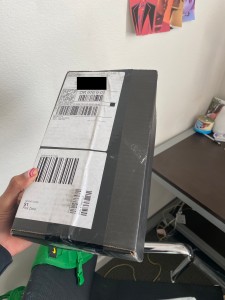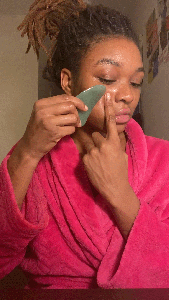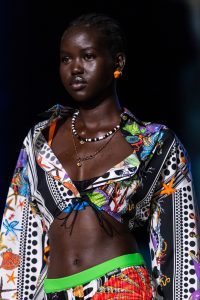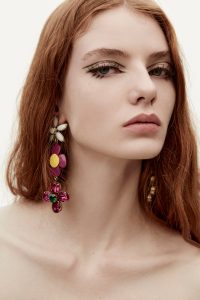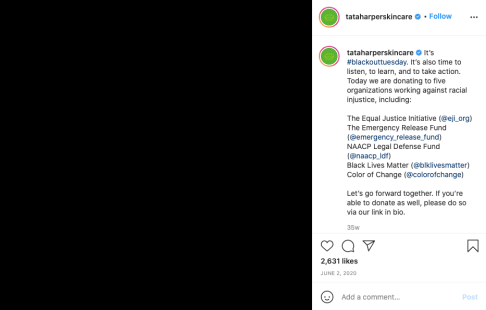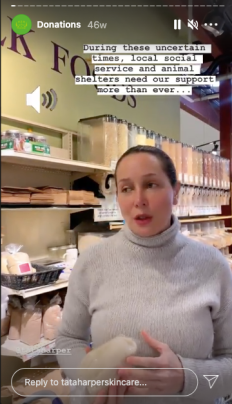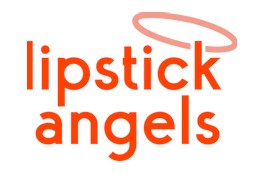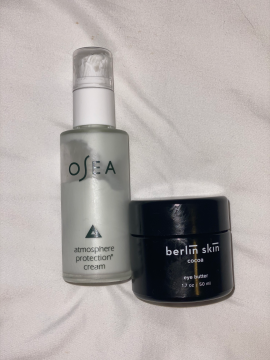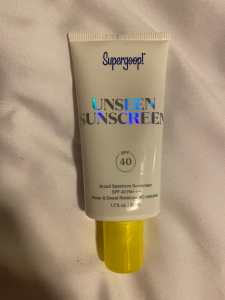H&M and Beauty Blender are two brands I distinctly remember having big scandals in 2018. Two great examples of what happens when you lack diversity in your internal communications teams.
Coolest Monkey In The Jungle
H&M’s advertising flop had my jaw on the floor. I was shocked that nobody realized the problem with a “coolest monkey in the jungle” sweatshirt displayed on a little black boy. What made it even worse, H&M failed to take accountability for its actions. According to a case study, the organization apologized for hurting their public and said they removed the ad from their website. A half-truth. Users found the sweatshirt minus the model in European and Spanish countries. Naturally, the brand came under fire again and issued another apology.

This acknowledges their mistake, but to me it lacks emotion. It feels apathetic. Two months after the scandal, H&M hired Annie Wu as a global leader in diversity and inclusion.
Beauty Blender
Beauty Blender’s Bounce Foundation launch was highly anticipated by consumers. The brand known for their egg-shaped sponge was finally releasing a liquid counterpart. However, many were left disappointed when the shade range lacked shades for deeper skin tones. When beauty account @Trendmood1 announced the release, users were not happy.

@jaithefrijole said,
“This is down right disrespectful and disgusting.” They posted another comment asking ,”how did this even get finalized this isn’t okay at all. the biggest [redacted] to poc specifically black women ever.”
I blame this on the lack of diversity within their communications team. Yet, after the initial blow-up, Cosmopolitan reached out for a statement from Beauty Blender. They said,
“[…]Rea Ann saw the biggest hole in the market – for women like herself and her multicultural family. BOUNCE offers a wide variety of undertones from neutral, warm, cool, and olive and a special ultramarine blue to create a deep rich tone.”
The founder of Beauty Blender, Rea Ann Silva, defends herself by using herself and her family as a reference for the shade ranges. I think this is where the problem lies. It seems like Silva didn’t align the foundation shades with her primary audience’s demographic. A successful brand like Beauty Blender should know who makes up their demographic. The result after the backlash was a release of 8 more shades which was part of their initial plan. However, they failed to communicate this to their audience which made the additional launch seem like an attempt to cover themselves.
So where were their pr teams?

In H&M’s case, they might’ve been hesitant to speak up. The case study reveals that H&M employees work in a tight-knit culture that rejects outside opinions. As for Beauty Blender, it seemed like Silva was confident that she carefully curated shade range would satisfy her customers. Maybe her pr team felt that confidence as well. However, it’s evident that both brands’ communication teams stepped up after the scandals to create the apologies. In my opinion, this is where they dropped the ball. An apology should be heartfelt and well-thought-out. A good apology takes accountability as well as acknowledges their mistakes. This should be done the first time around @ H&M. They should also be a place for transparency and growth. Both brands’ could’ve used their apologies to communicate to their public that they suffer from internal diversity problems, and they are going to do XYZ to make sure this never happens again. One can only hope. Both brands are obviously not the firsts to make mistakes like this. But I can’t help but wonder, why does this keep happening?




